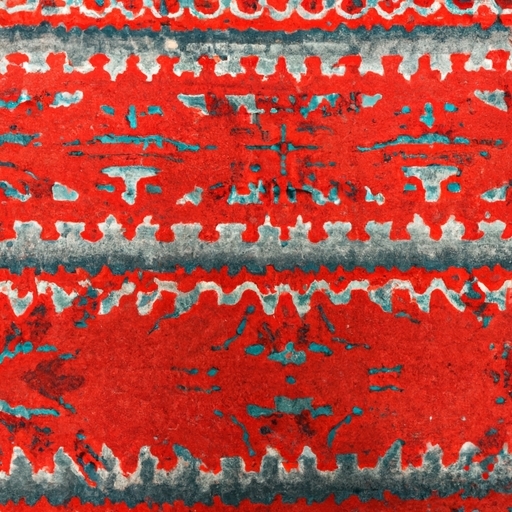
Overview of the different styles and designs available
Artisan Southwestern Design Rug
The history and origins of Southwestern design rugs date back to ancient times when Native American tribes used them for both practical and ceremonial purposes. These intricate rugs were hand-woven using traditional techniques passed down through generations. The designs often featured geometric patterns, bold colors, and symbols representing elements of nature such as animals, plants, and the sun.
Over time, Southwestern design rugs gained popularity outside of Native American communities and became sought after by collectors and interior designers for their unique style and craftsmanship. Today, these beautiful rugs can be found in homes around the world, bringing a touch of Southwestern charm to any space.
While the exact origins of Southwestern design rugs may be difficult to pinpoint due to their long history, one thing is certain - they continue to captivate people with their beauty and cultural significance. Whether used as a decorative accent or a functional piece of furniture, these timeless creations are sure to add warmth and character to any room.